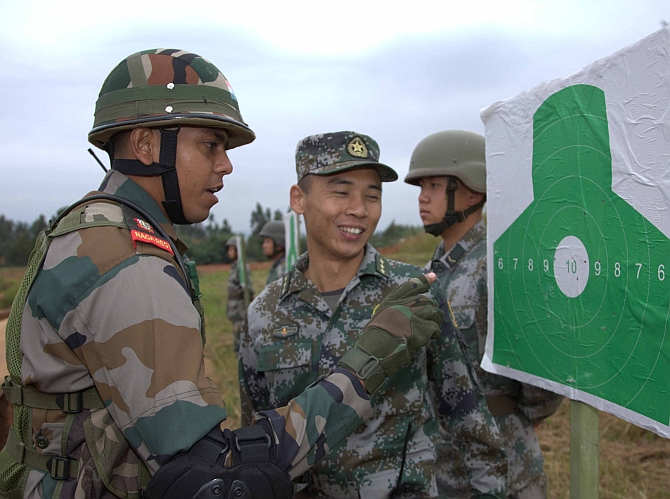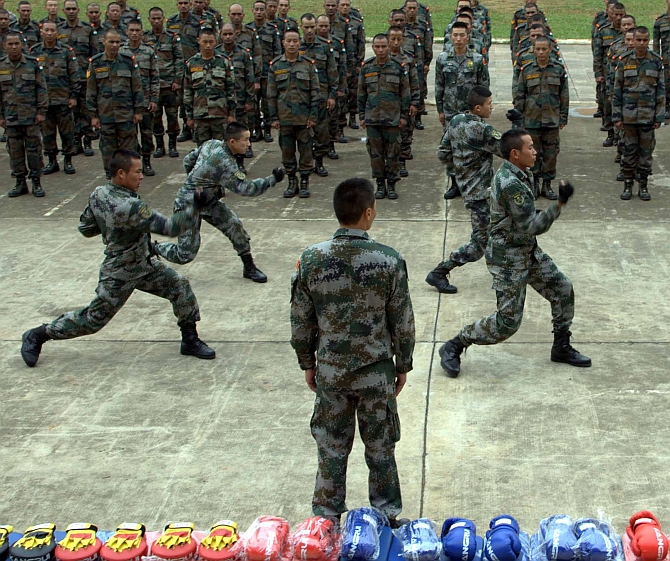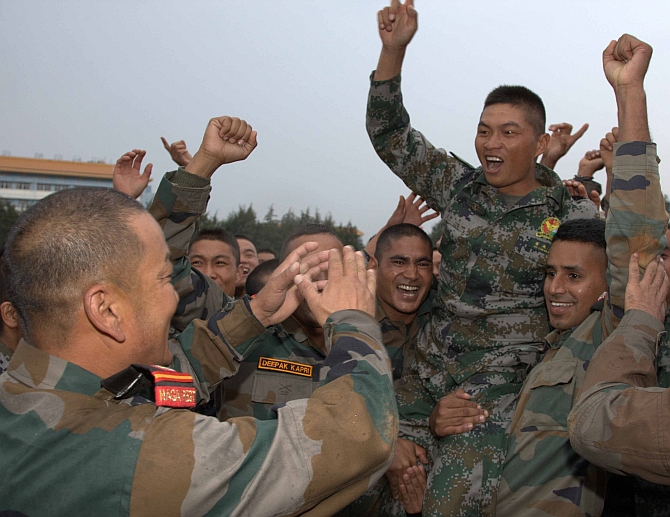Head of China’s Western Theater Command visits India
Published December 16, 2016
SOURCE:
www.thehindu.com/news/national/Head-of-China%E2%80%99s-Western-Theater-Command-visits-India/article16833513.ece
General Zhao Zongqi, the head of the newly formed Western Theater Command (WTC) of the People’s Liberation Army (PLA), has concluded a visit to India, accelerating high-level military exchanges between the two countries.
His visit follows last month’s tour of China by the Chief of Army Staff, General Dalbir Singh.
According to a PLA-affiliated website, Gen. Zhao was on a three-day visit to India that started on December 8. Apart from the Army Chief, he met the Deputy Chief, Lt. Gen. Bipin Rawat, and the Eastern Army Commander, Lt. General Praveen Bakshi. The meeting is significant, as Lt. Gen. Bakshi, as the senior-most officer in the Army after Gen. Singh, who retires at the month-end, is the frontrunner for the post of the next Army Chief.
Focus on military-WTC ties
The website points out that the two sides paid special attention to the “cooperation between the PLA Western Theater Command and the Indian military.”
The WTC is one of the five theater commands that have been establish shed in February this year as part of major military reforms that have been undertaken on President Xi Jinping’s watch. Each of this commands are structured to undertake integrated operations along with the air force and the navy.
The Chengdu-based WTC steers the Tibet Military Command, whose status has been elevated earlier this year. In an article published in May, the
Global Times newspaper, affiliated with the Communist Party of China, has quoted Song Zhongping, a military expert, as saying that the Tibet Military Command bears great responsibility to prepare for possible conflicts between China and India.
“Military action in the Tibet Military Command requires specialist mountain skills and long-range capabilities, which need the deployment of special military resources,” Mr. Song has said, adding that the elevation in the status of Tibet Military Command will secure better and more effective combat preparedness when required.
For healthy cooperation
The website said that during Gen. Zhao’s stay in India, the two sides agreed to jointly implement the important consensus reached by leaders of the two countries and the relevant agreements between the two countries and militaries, promote mutual understanding, enhance pragmatic cooperation, safeguard peace and stability in border areas, and try best to make positive contributions to the healthy and stable development of the relations between the two countries and two militaries.






















